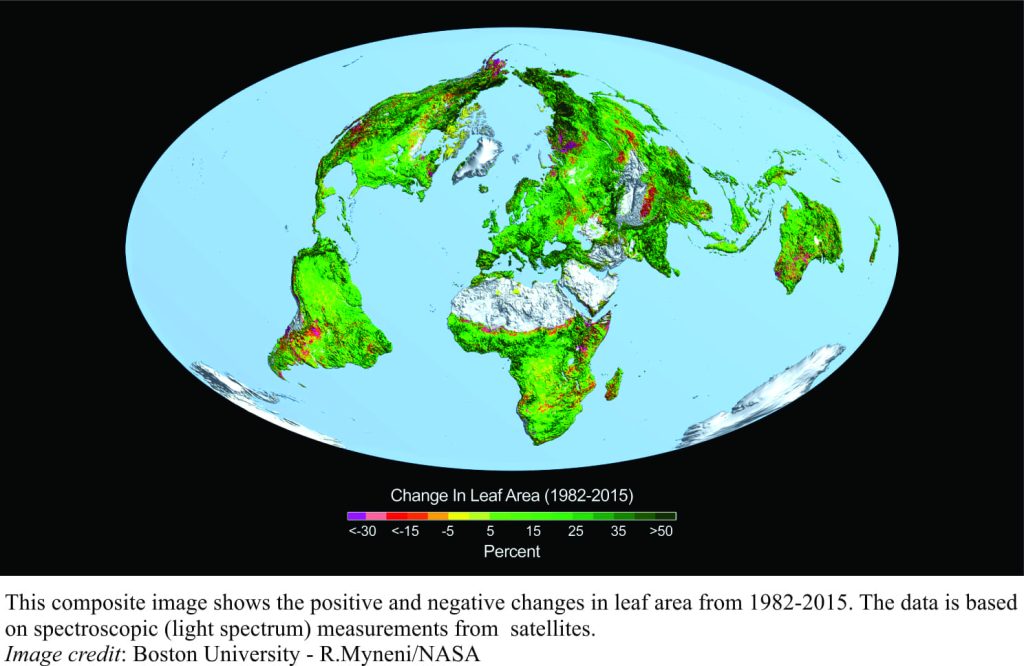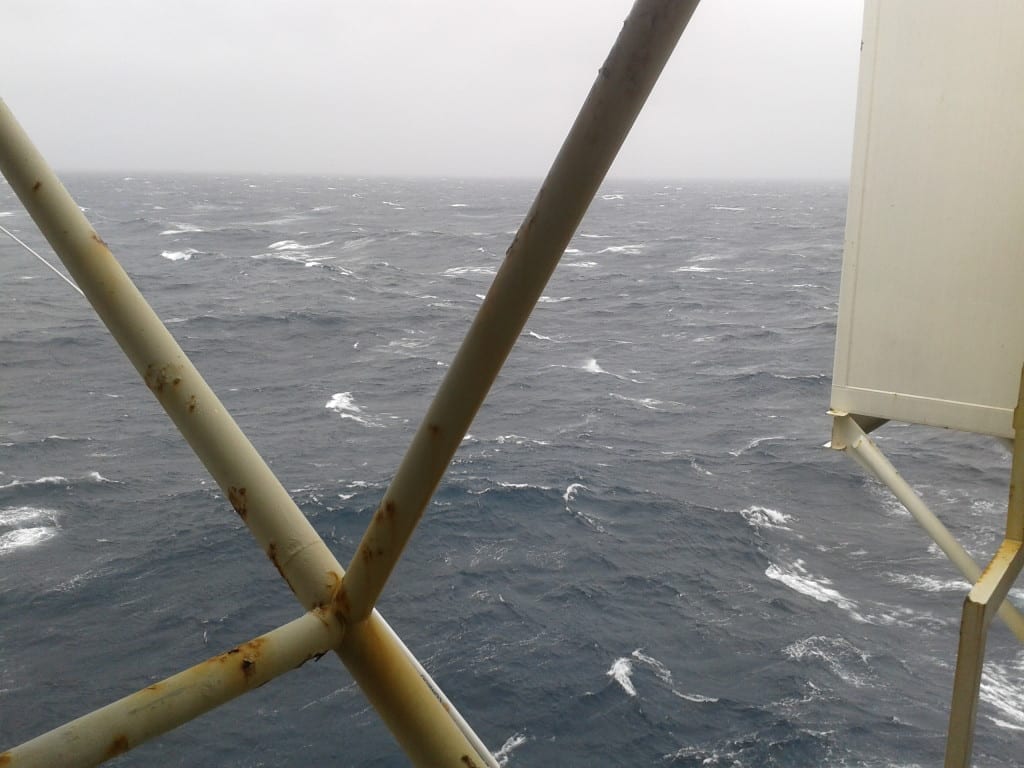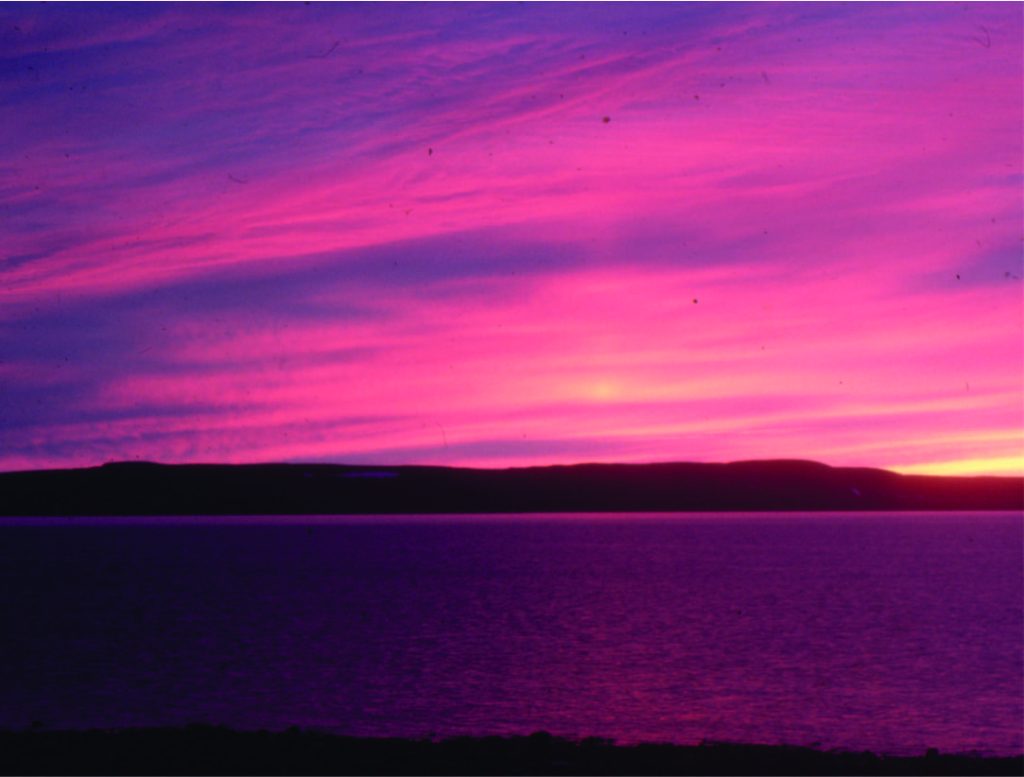Photosynthesis, a process that had its beginnings about 2.5 billion years ago, has an awesome responsibility; it keeps us breathing. It is a metabolic process in plants that uses the energy from sunlight to drive chemical reactions; reactions that produce amino acids, proteins, sugars and other compounds that create the architecture of plants. The process takes atmospheric CO2, converts the carbon plus other nutrients to organic compounds, then expels the left-over oxygen. Plants help regulate the composition of the atmosphere – they are our other set of lungs.
It has been shown experimentally that photosynthesis increases in many kinds of plants (some more than others), as the supply of atmospheric CO2 also increases. On a global scale, this is referred to as greening of the earth, where both regional studies, and more recently satellite data show an overall increase in plant growth, and an increase in growing seasons. In Europe and North America, the seasonal leaf-out (or bud-break) for the period 1950 to the 1990s was 2-4 weeks earlier than pre-1950. Continue reading




